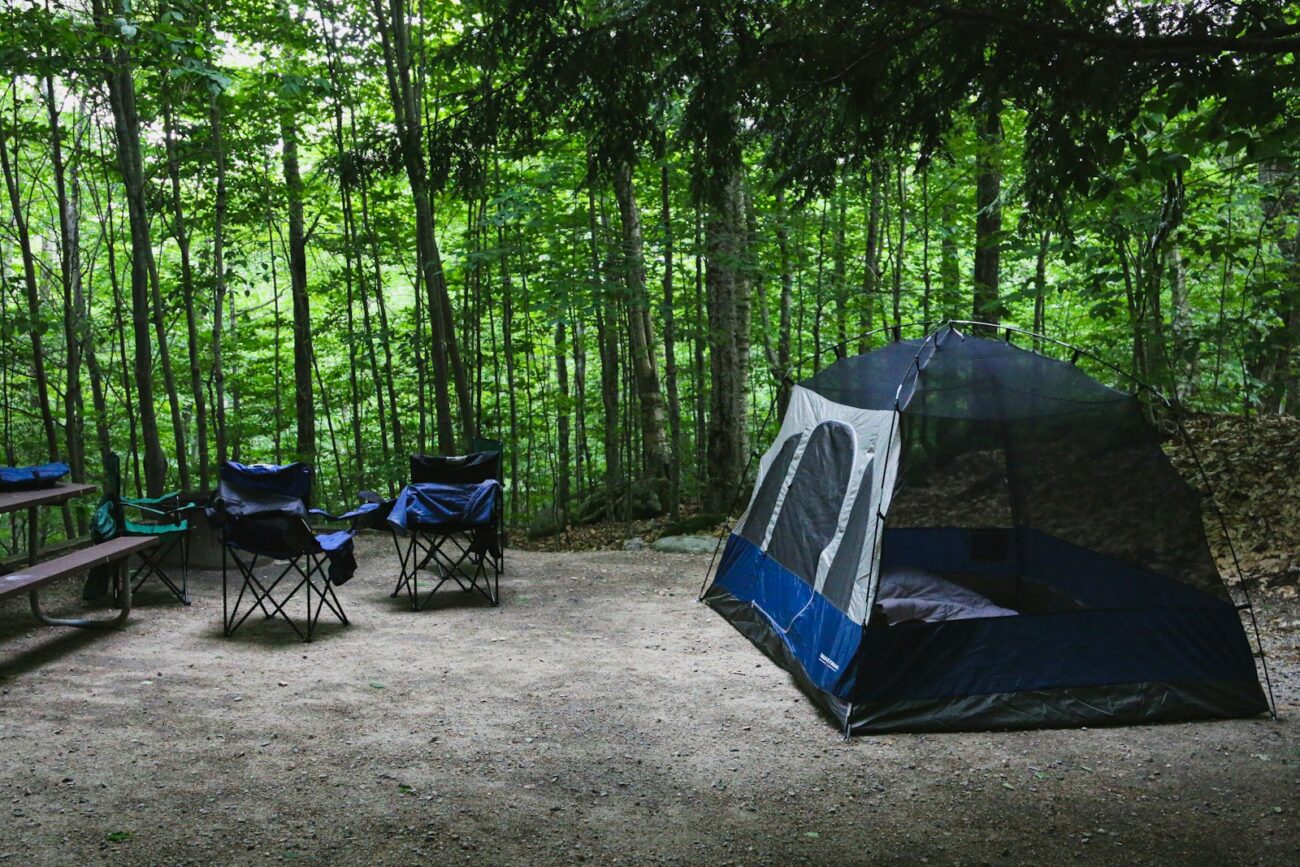In an era where digital bookings dominate the outdoor recreation landscape, there’s something wonderfully adventurous about camping without reservations. This approach to outdoor exploration offers flexibility, spontaneity, and often leads to discovering hidden gems that might never appear on popular booking platforms. Whether you’re a last-minute traveler, prefer to follow your instincts, or simply enjoy the thrill of uncertainty, finding excellent campsites without advance planning is entirely possible. This comprehensive guide will walk you through strategies, resources, and tips to help you secure beautiful camping spots even when you haven’t made arrangements ahead of time.
Understanding the No-Reservation Camping Landscape
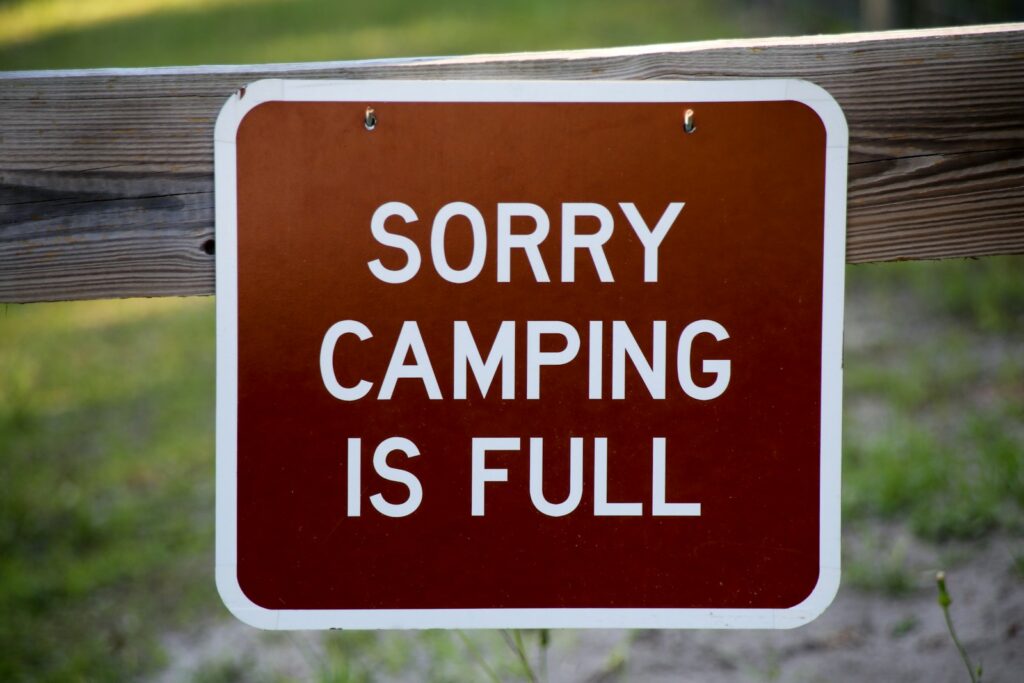
The camping world is divided between reservation-required sites and those that operate on first-come, first-served principles. Many national forests, Bureau of Land Management (BLM) lands, and some state parks offer camping opportunities without requiring advance bookings. These areas typically maintain a certain percentage of sites for walk-up campers or operate entirely without a reservation system. During off-peak seasons, even popular campgrounds often transition to no-reservation policies, opening opportunities for spontaneous adventures. Understanding this dual system and knowing where to look for first-come, first-served options forms the foundation of successful reservation-free camping.
Timing Your Arrival Strategically
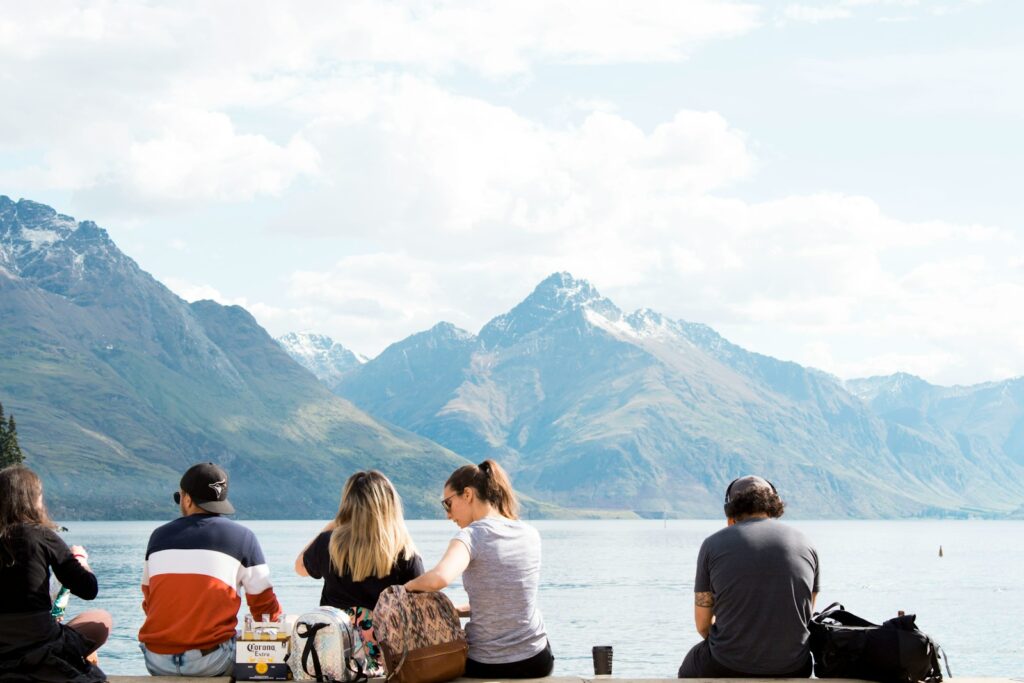
When camping without reservations, your arrival timing can make or break your experience. Mid-week arrivals (Tuesday through Thursday) dramatically increase your chances of finding available sites, as weekend campers have departed and the next wave hasn’t yet arrived. If you must camp on weekends, try to reach your destination before noon on Thursday or early Friday morning. Many campgrounds experience turnover between 11 AM and 2 PM as people check out, making these prime hours for securing a newly vacant site. During peak season, consider arriving at first light or even earlier to position yourself advantageously for when sites become available.
Exploring Dispersed Camping Options
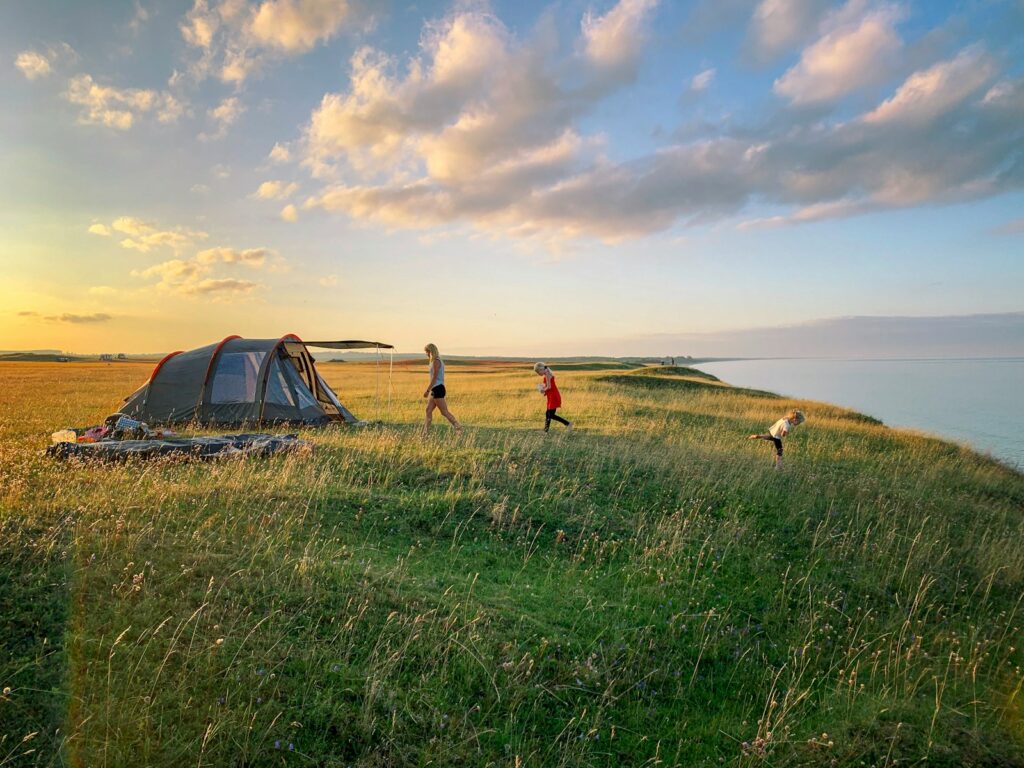
Dispersed camping represents the ultimate freedom in reservation-free outdoor stays. This practice allows you to camp on public lands outside of designated campgrounds, typically at no cost and without facilities. National Forests and BLM lands often permit dispersed camping, requiring only that you follow Leave No Trace principles and camp a certain distance (usually 100-200 feet) from water sources, trails, and roads. These primitive camping opportunities provide solitude and connection with nature that organized campgrounds simply cannot match. While dispersed camping requires more self-sufficiency—you’ll need to bring water, manage waste properly, and be prepared for no facilities—the reward is unparalleled freedom and often spectacular, crowd-free settings.
Leveraging Technology and Apps

Modern technology offers powerful tools for spontaneous campers through specialized apps and websites. Platforms like iOverlander, The Dyrt, Campendium, and FreeCampsites.net provide user-generated information about formal and informal camping locations, including details about availability patterns, facilities, and recent conditions. Many of these apps allow offline access to maps and information, which proves invaluable in remote areas with limited connectivity. Some even offer filtering capabilities to show only first-come, first-served options or dispersed camping opportunities. Paired with navigation apps like Gaia GPS or OnX Maps that show land ownership boundaries, these technological resources can guide you to perfect camping spots even without cell service.
Developing a Multi-Option Strategy

Successful reservation-free camping requires flexibility and contingency planning. Before heading out, research and map several potential camping options within a reasonable radius of your target area. Prioritize these options based on your preferences, but be prepared to work through your list if your top choices are full. Always have at least one “sure thing” backup plan—perhaps a less desirable but reliably available campground or a dispersed camping area with plenty of space. Some experienced spontaneous campers use a “leapfrog” approach: if campsites are full in one area, they drive 30-45 minutes further from popular destinations, where competition dramatically decreases. This strategy often rewards adaptable travelers with surprisingly beautiful, uncrowded alternatives.
Befriending Local Information Sources

Local knowledge remains one of the most valuable resources for finding available campsites. Ranger stations, visitor centers, and local outdoor shops often have the most current information about campground status and lesser-known options. Staff at these locations can suggest alternatives when popular sites are full and may know about temporary closures or newly opened areas not yet reflected online. Local forest service offices particularly excel at directing visitors to appropriate dispersed camping locations based on vehicle type, desired amenities, and current conditions. Taking time to stop at these information hubs before heading to your camping destination can save hours of fruitless searching and lead to discoveries you wouldn’t make otherwise.
Exploring the Shoulder Season Advantage
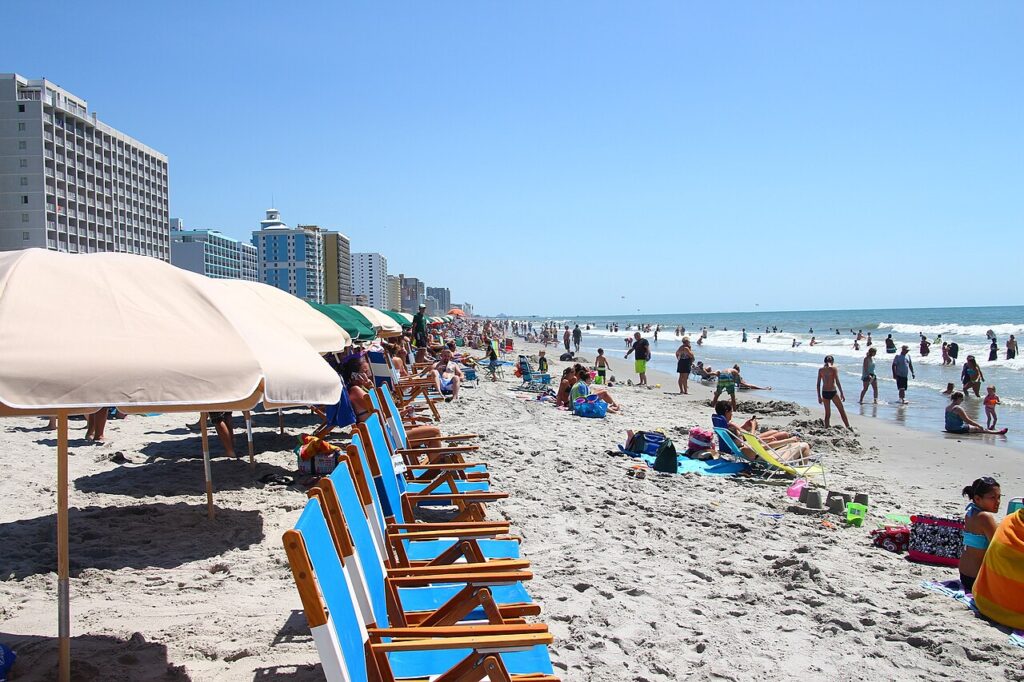
The weeks just before and after peak season—known as shoulder seasons—offer a sweet spot for reservation-free camping. During these periods, you’ll find dramatically reduced competition for sites while often enjoying similarly favorable weather conditions. For mountain destinations, late September through early October or late May through mid-June typically provide this golden window of opportunity. Coastal areas might offer excellent shoulder season camping in April-May or September-October. Beyond easier site availability, shoulder season camping frequently provides additional benefits: fewer insects, more comfortable temperatures, and special natural displays like fall colors or spring wildflowers that peak-season visitors might miss.
Mastering First-Come, First-Served Protocols
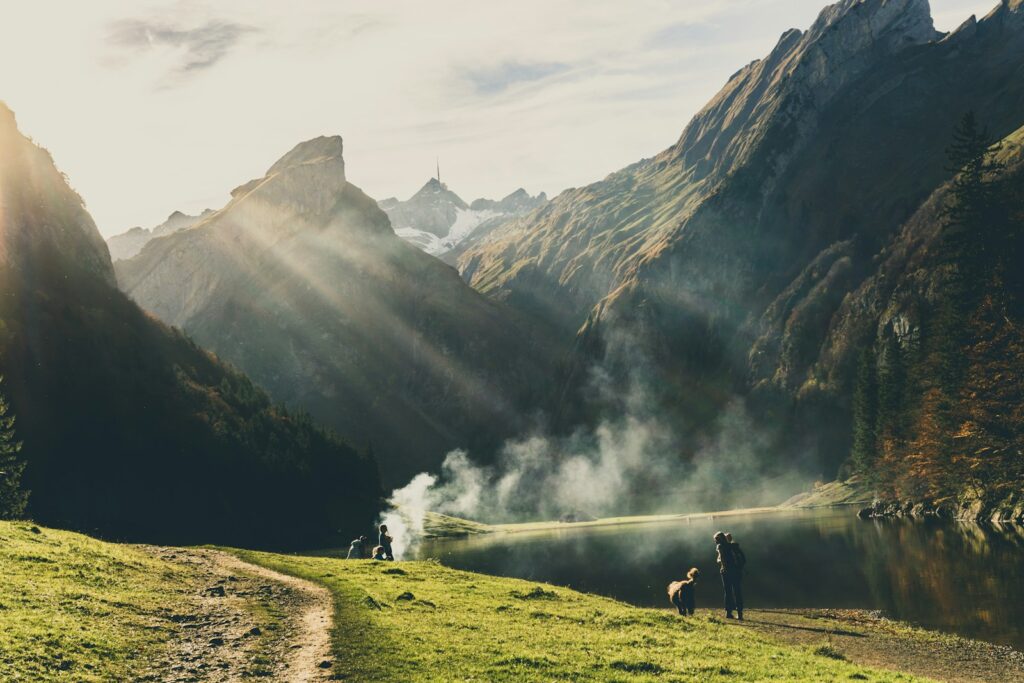
Understanding and respecting the unwritten rules of first-come, first-served campgrounds increases your chances of success. When you find an available site, the standard protocol is to immediately place something in the site to indicate occupation—typically a tent, chair, or cooler. Simply parking in a site without leaving visible camping equipment might not be recognized as a valid claim. Many campgrounds require payment within a short time of occupying a site, usually through self-registration envelopes at entrance kiosks. Always check whether the site you’re considering is truly available; sometimes campers pay for multiple nights but temporarily leave during the day. Look for payment receipts displayed at numbered posts or ask neighboring campers if you’re uncertain about a site’s status.
Expanding Your Geographic Scope
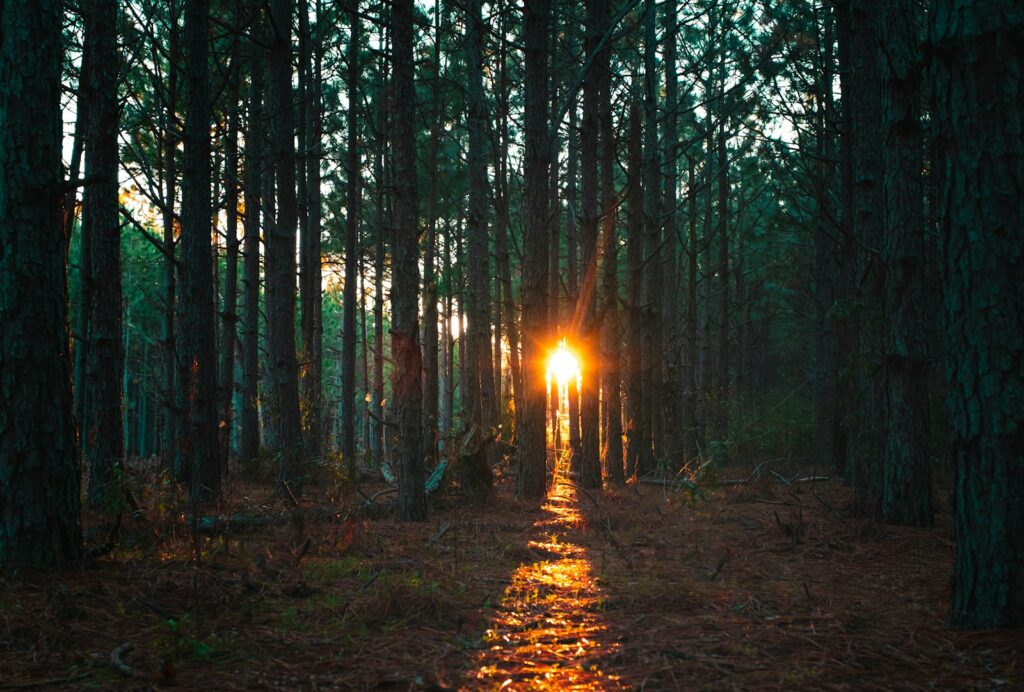
One of the most effective strategies for finding no-reservation camping involves looking beyond the obvious destinations. While everyone flocks to national parks and famous recreation areas, equally beautiful alternatives often exist within 1-2 hours’ drive. State forests, county parks, wildlife management areas, and Army Corps of Engineers properties frequently offer camping with less competition than their more famous counterparts. For example, instead of competing for sites at Yosemite, consider the surrounding national forests; rather than battling crowds at popular coastal state parks, investigate inland lake options nearby. These “destination-adjacent” locations not only provide easier campsite access but often deliver a more peaceful experience while still allowing day trips to the main attraction.
Leveraging Weekday Opportunities
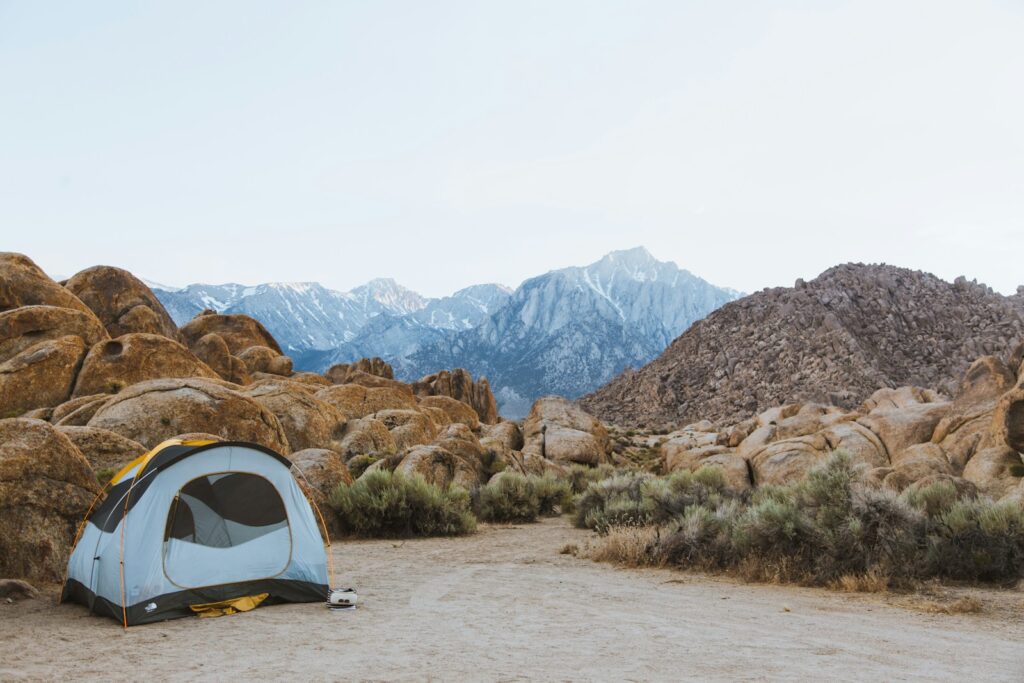
The dramatic difference between weekend and weekday camping availability cannot be overstated when operating without reservations. Sunday through Thursday nights represent prime opportunities for spontaneous camping, even at typically crowded destinations. Many weekend campers depart Sunday morning or midday, creating a Sunday afternoon sweet spot for arrivals. If your schedule allows, structuring your trips around these off-peak days virtually guarantees more options. This strategy proves particularly effective at water-adjacent campgrounds, popular forest service campgrounds near metropolitan areas, and state parks, where weekend occupation rates might approach 100% while midweek rates drop to 30-50%. For those with flexible work arrangements, this weekday advantage represents perhaps the single most powerful tactic for reservation-free camping success.
Considering Alternative Camping Styles
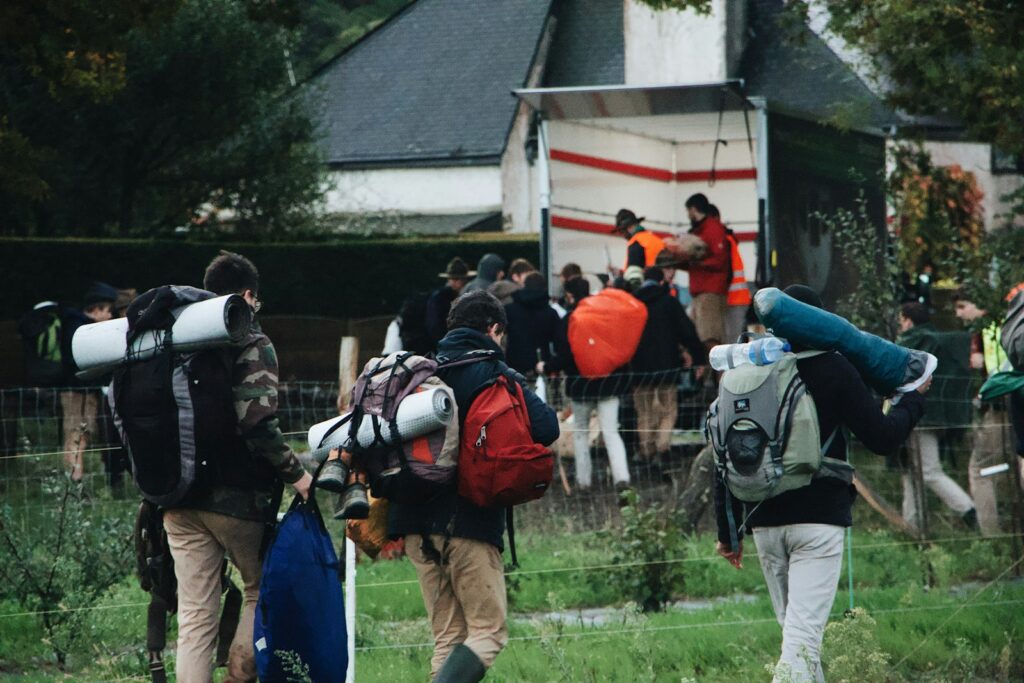
Expanding your definition of “camping” opens additional doors for spontaneous outdoor stays. Options like primitive campgrounds (with minimal facilities), boat-in sites accessible only by water, hike-in backcountry sites, and horse camps (which often welcome non-equestrian campers when not full) typically see less demand than standard drive-up campgrounds. Similarly, “dry” campgrounds without running water generally have higher availability than fully-serviced alternatives. For those with appropriate vehicles, forest service and BLM roads often permit roadside camping at wide spots or pullouts, offering improvised sites when formal options are unavailable. Even private alternatives like Hipcamp, which connects campers with private landowners, can sometimes accommodate last-minute bookings when public options are full.
Preparing for Self-Sufficient Camping
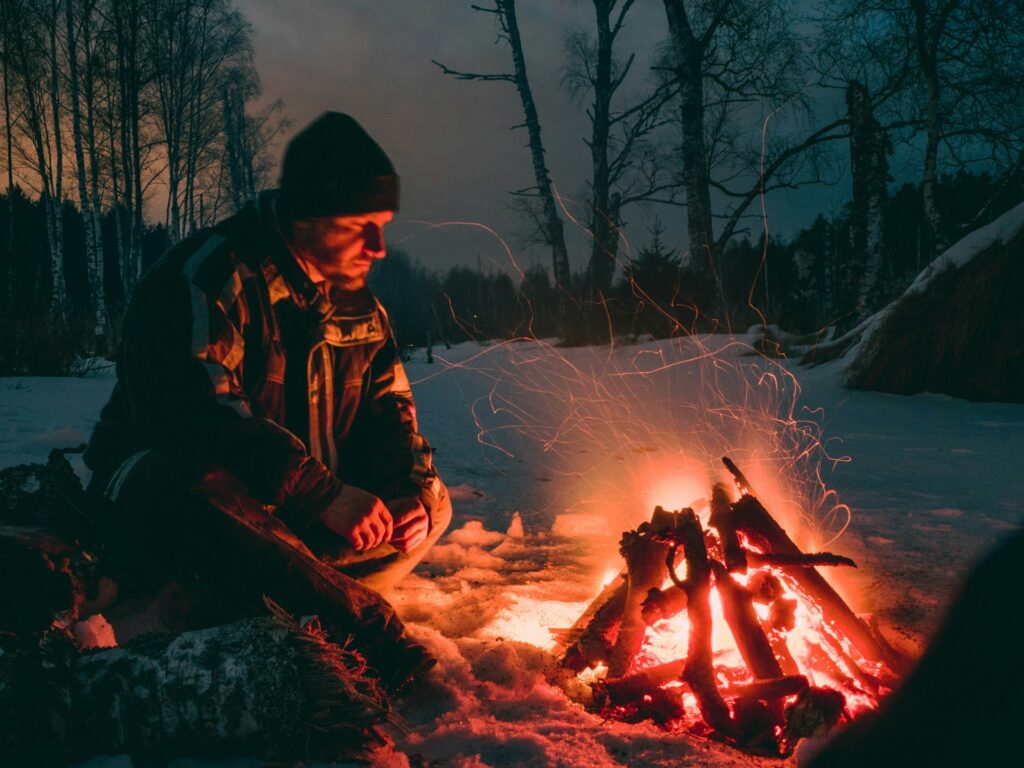
The spontaneous camper must be prepared for variable conditions and limited amenities. Always travel with adequate water (or water purification methods), as securing a site without water access becomes increasingly likely when camping without reservations. Maintain a well-stocked food supply that doesn’t require refrigeration for at least a day or two, allowing flexibility if you end up somewhere without expected services. A portable camping toilet or understanding of proper cat-hole sanitation becomes essential when facilities aren’t available. Developing these self-sufficiency skills not only expands your camping options but also builds confidence for adapting to whatever circumstances you encounter, transforming potential camping “compromises” into rewarding adventures in resilience.
Practicing Responsible Spontaneous Camping

The freedom of reservation-free camping comes with heightened responsibility toward natural resources and fellow outdoor enthusiasts. Always follow Leave No Trace principles, being particularly careful about proper waste disposal, minimizing campfire impacts, and respecting wildlife. When utilizing dispersed camping areas, choose previously impacted sites rather than creating new ones, and stay on established access roads rather than pioneering new tracks. Respect quiet hours, campground stay limits, and capacity restrictions even when enforcement might be minimal. This ethical approach ensures that spontaneous camping opportunities remain available for future generations and maintains the goodwill of land managers toward flexible camping policies.
The Art of Arrival and Assessment
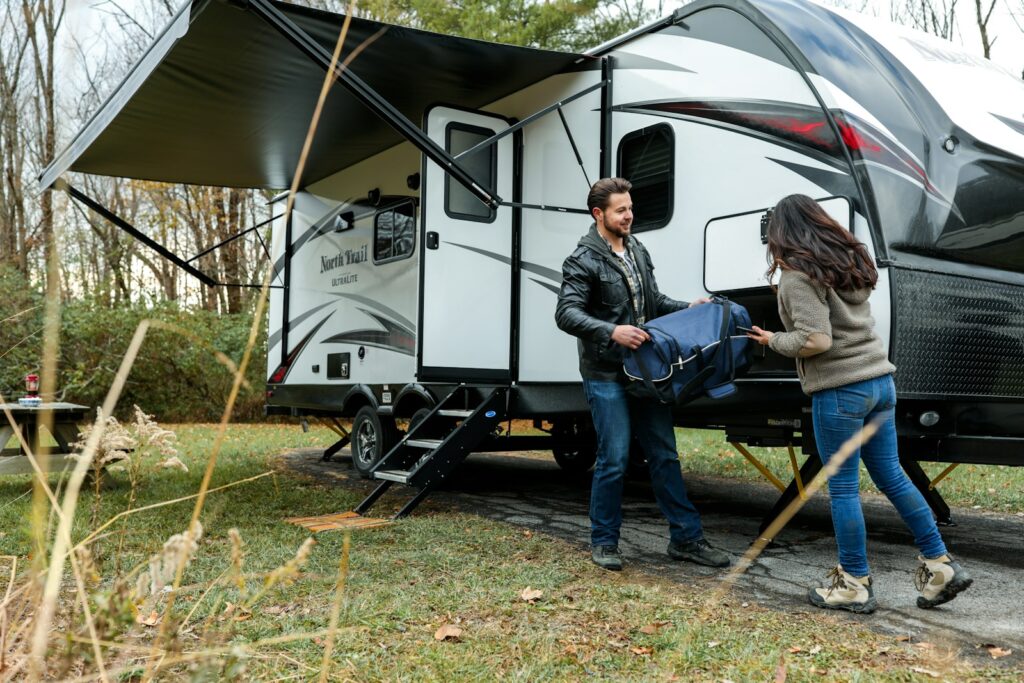
Developing a systematic approach to campground arrival improves efficiency when seeking sites without reservations. Upon reaching a potential camping area, conduct a quick reconnaissance loop before committing to a particular site. This initial survey reveals not only which sites are available but also which might become available soon (look for camping equipment but no people, or signs of packing up). At busy campgrounds, politely asking departing campers about their site can sometimes secure you a prime location before it’s officially vacant. When assessing dispersed camping areas, look for pullouts with existing fire rings or flat spots that show signs of previous use, indicating suitable camping locations that minimize environmental impact while maximizing comfort and safety.
Finding excellent campsites without reservations combines strategy, flexibility, and a spirit of adventure. By understanding camping patterns, leveraging technology and local knowledge, and maintaining a flexible attitude, you can discover some of the most rewarding outdoor experiences available. The spontaneous approach to camping often leads to unexpected discoveries, unique locations, and a satisfying sense of self-reliance. While it may require more effort than simply showing up at a reserved site, the freedom to follow weather patterns, extend stays in favorable locations, or change plans based on local recommendations creates a uniquely rewarding outdoor experience. With these strategies in hand, you’re well-equipped to embrace the road less scheduled and find your perfect spot under the stars—no reservation required.

